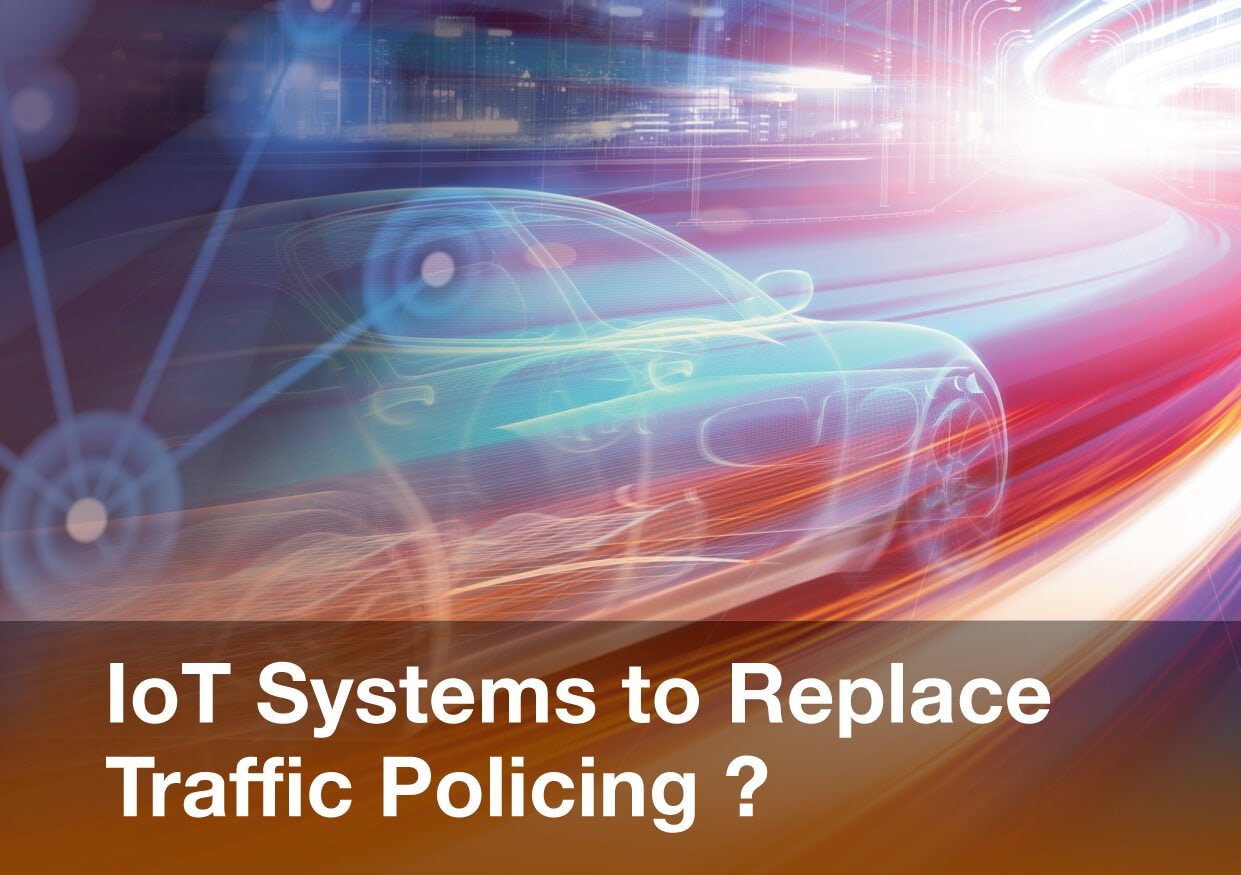IoT Systems to Replace Traffic Policing ?
Variable speed limits, environment/traffic hazard warnings, and dynamic hard-shoulders are increasingly familiar on UK motorways.
Yet with 50,000 incidents on UK motorways each year, the efficiency and reliability of traffic policing has been called into question, along with the dependability of IoT-enabled motorways.
The Department for Transport reported 1,793 fatalities on Britain’s roads in 2017, one person more than the 2016 figure. IAM RoadSmart, an independent road safety charity, expressed their disappointment that there had been “seven years without progress” despite significant advancements in “safer cars and investment in new roads.” Neil Greig, the director of policy and research for the charity went on to identify “careless human behaviour and increasing traffic levels” as the root of the issue.
In April, IAM RoadSmart recognised that there had been a 52% increase in convictions for dangerous driving amongst rising conviction rates for other driving offences, despite fewer police patrolling motorways. The charity surmised that “a combination of targeted enforcement, increased electronic surveillance and a renewed focus in traffic policing after years of neglect” was likely responsible. This suggests that while technology such as CCTV, speed cameras and sensor data is assisting in policing UK roads, their impact this has on road safety is still up for debate.
Edmund King, president of the AA has expressed his concerns over the application of intelligent transport technologies. “The fact is that cameras are really being used to replace police. The problem is that cameras don’t catch drink drivers; they don’t catch middle-lane hoggers, they don’t catch the dangerous tailgaters.” Highways England has responded with the assurance that algorithms are already being adjusted and the VMSL systems will be reviewed. King’s statements highlight the inability of technology to differentiate between dangerous or careless drivers and drivers reacting to dangerous driving.
The technology cannot “replace the police” but it can assist; the huge amount of data and continuous surveillance will help improve road safety in terms of managing the sheer volume of vehicles on motorways. As cars become safer, infrastructure is improved and systems such as smart motorways reduce congestion, it remains clear that the problem of human error is much more difficult to curb.
